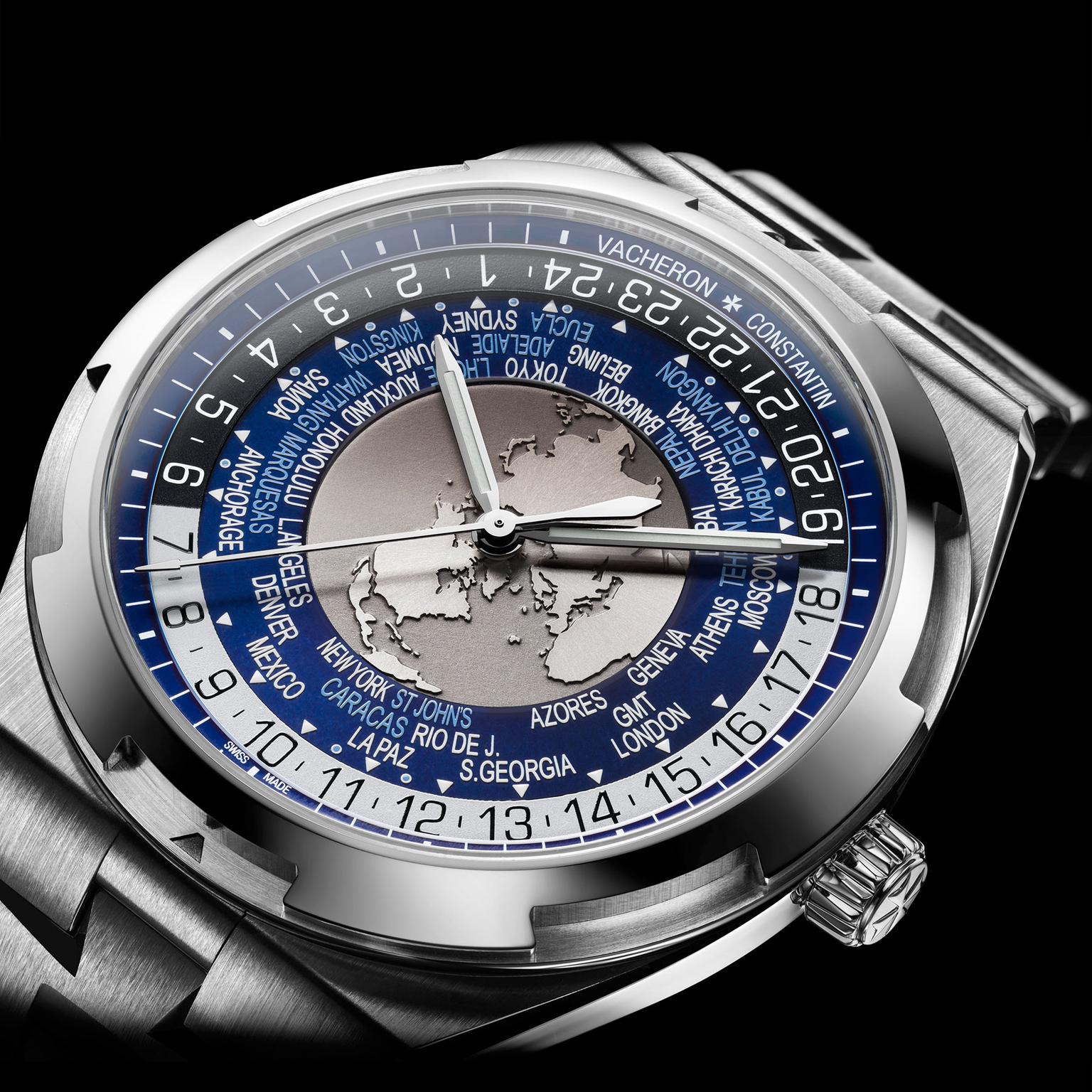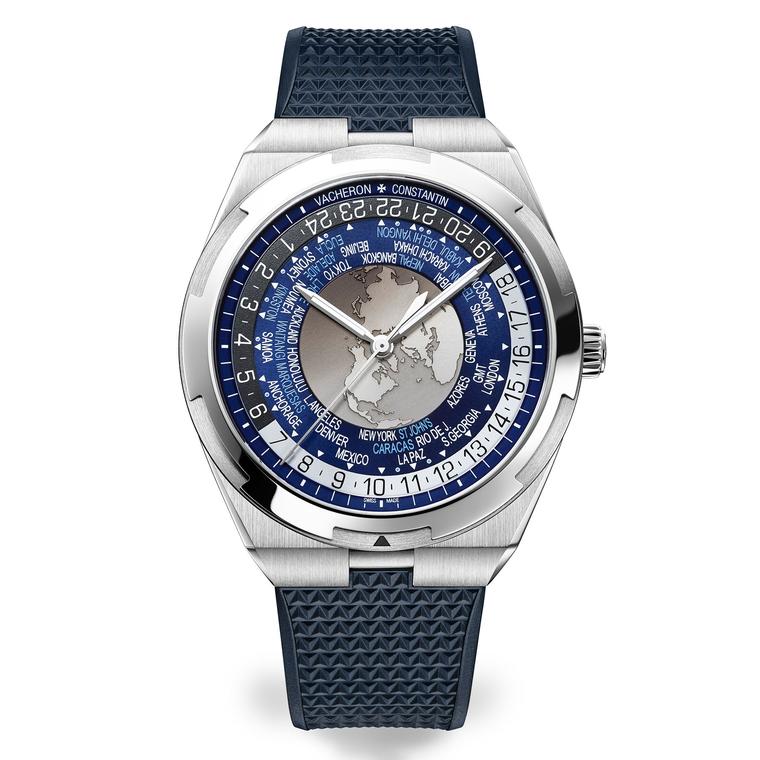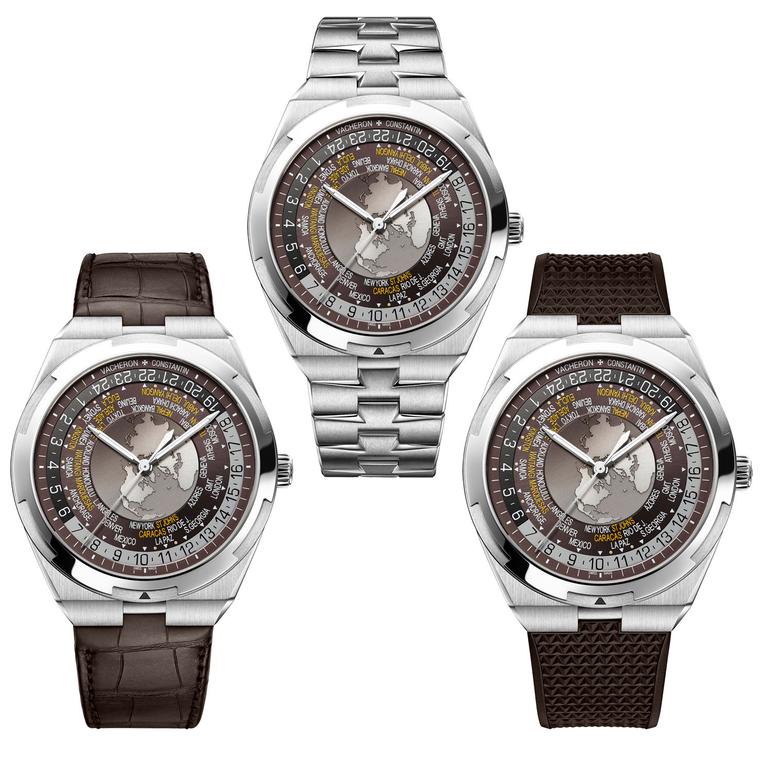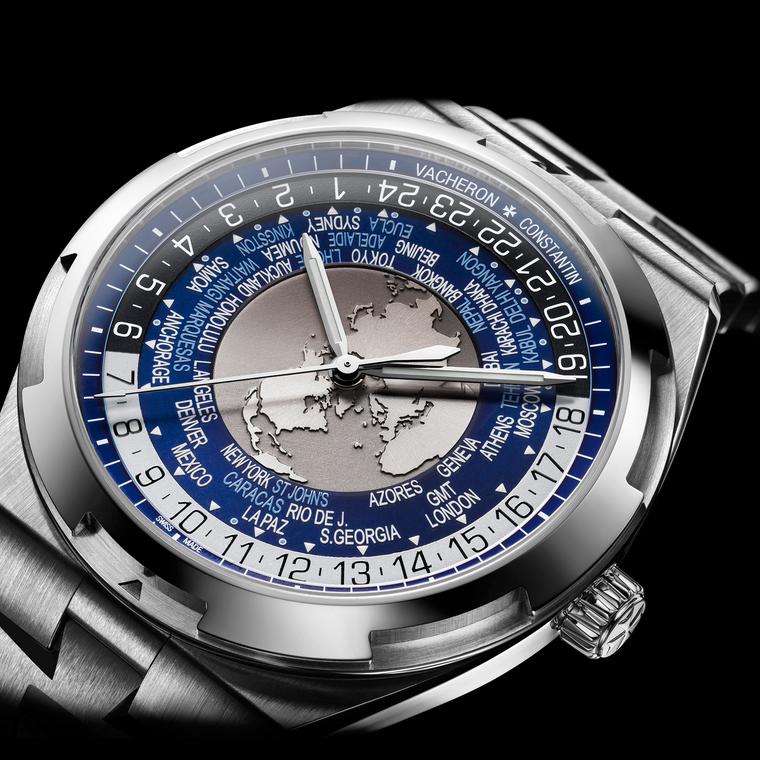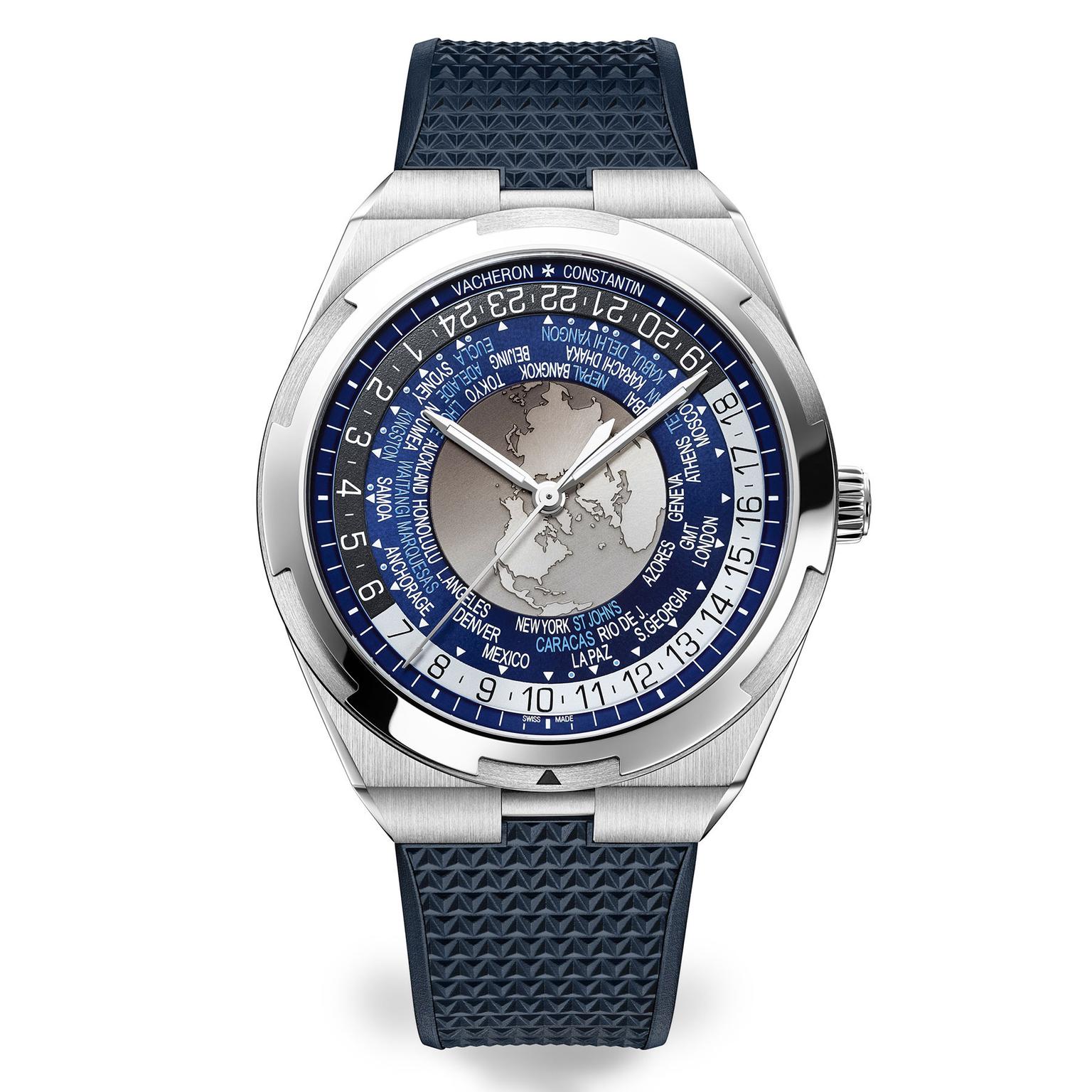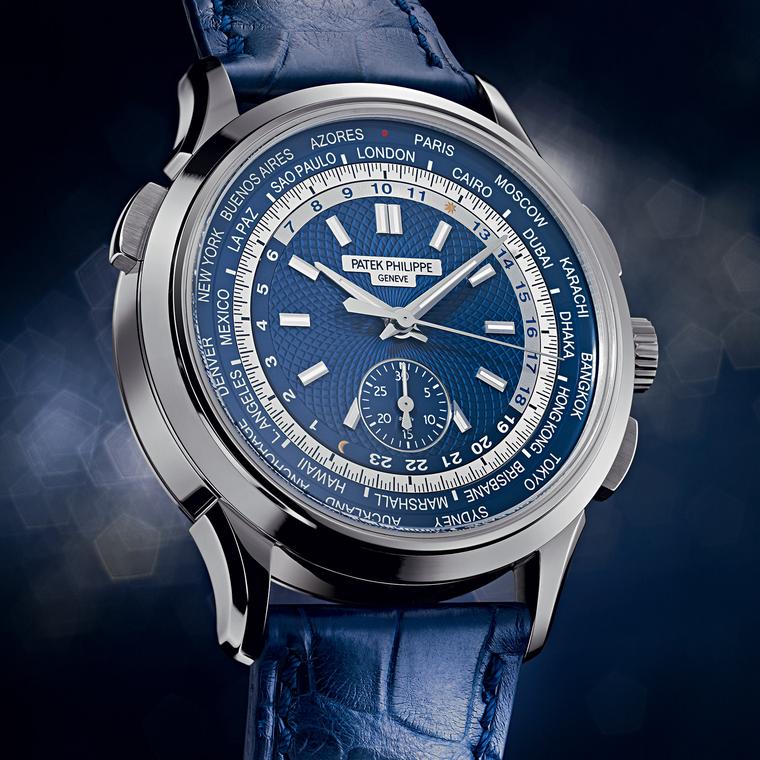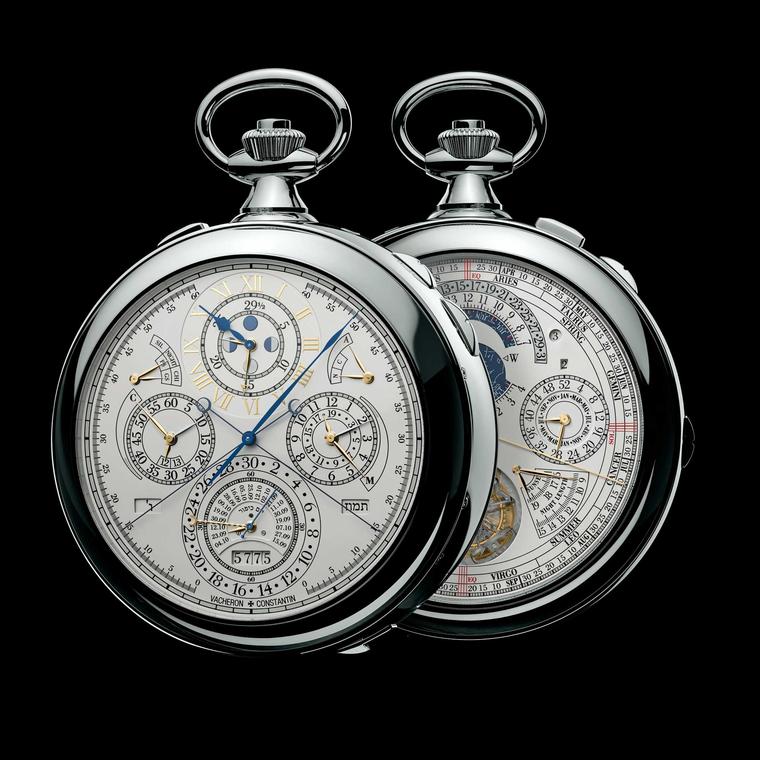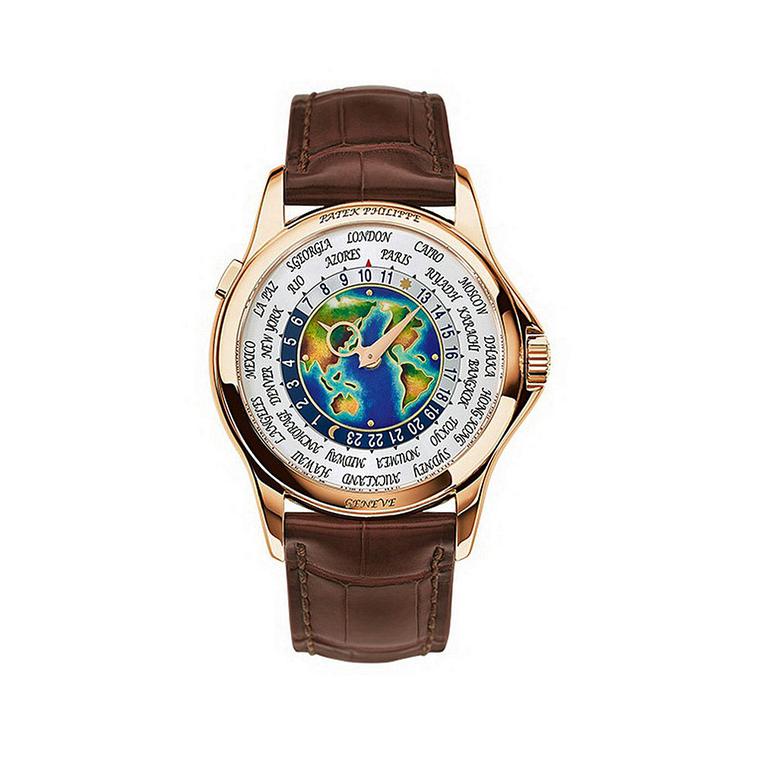After an American Express gold card, world time watches are probably the most useful travel companions for today’s globetrotters - in fact for anybody working in international markets. Displaying the time in 24 cities at a glance, and usually displayed on a ring with the names of the cities representing the world’s time zones, world time watches are not to be confused with GMT or dual time watches, which just display home time and local time.
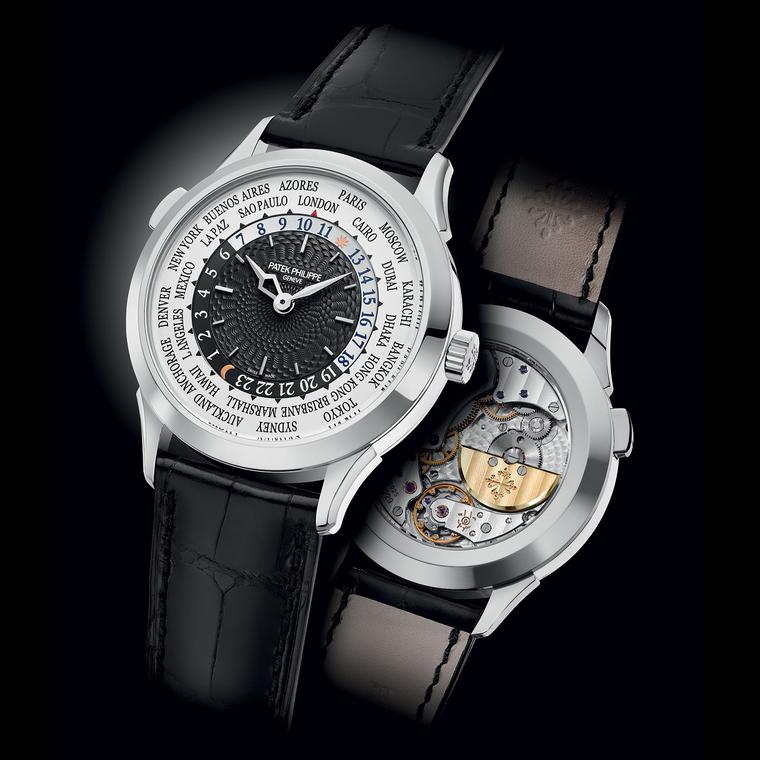
The dawn of aviation and the subsequent age of commercial air travel were the driving forces behind the first world time watches. Recognised as the grand doyen of world time complications, Genevan watchmaker Louis Cottier came up with an ingenious solution in the 1930s to display the time around the globe at a single glance. Using a peripheral ring with the names of cities in each of the world’s 24 time zones connected to a rotating 24-hour ring, Cottier’s invention was swiftly adopted by prestigious watchmaking Maisons such as Patek Philippe and Vacheron Constantin.
Due to recent geo-political and cultural factors, some time zone designations have changed, making 2016 a bountiful year for a fresh take on the face of world timers. The city of Dubai, for example, has been replaced with Riyadh, and Noumea cedes its place to Brisbane. Moscow, which was once located in a GMT +4 time zone, has moved closer to Europe with only a GMT +3 difference.
Taking into account these changes, Patek Philippe decided the time was ripe to sideline its famous Heure Universelle (or World Time) watch. Having enjoyed 80 years as one of its most popular complications, the classic version has been retired and replaced with a new model known as Ref. 5230.
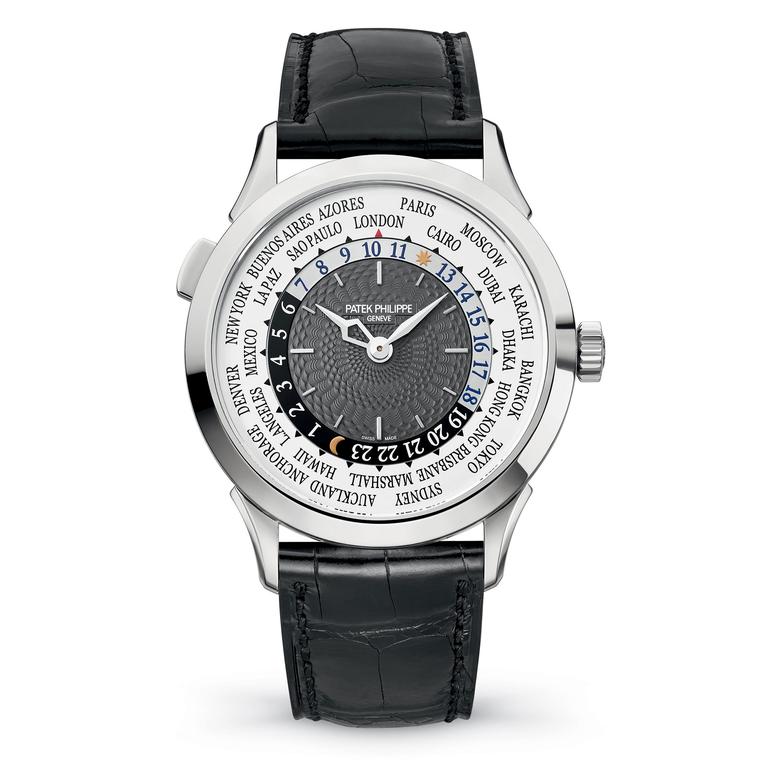
Housed in a classic 38.5mm white or rose gold Calatrava case, these new Patek Philippe watches incorporate up-to-date and globally valid city names, along with design tweaks that include a complex, hand-guillochéd, basket weave pattern in the centre of the dial taken directly from a pocket watch in the Patek Philippe Museum. Setting the time at destination is extremely easy and all you need to do on the Ref. 5230 is activate the pusher at 10 o’clock and align the city with the red arrow. Patek’s superlative ultra-thin calibre 240 HU mechanical automatic movement will take care of the rest.
Vacheron Constantin revisited its iconic Overseas range in January 2016 to rave reviews but what was a little surprising, given the collection’s name, was the lack of a world time model. That was until the appearance of this robust companion. The 43.5mm sporty stainless steel case on these Vacheron Constantin watches, plus the DIY interchangeable straps and bracelets, and the fact that you can plunge to depths of 150 metres, makes these watches the non plus ultra travel companions.
Not 24, but 37 cities are displayed on the dial of the Overseas World Time watch. The reason is that some countries have fiddly half-hour time differences such as Venezuela, India and Iran, and even quarter-hour differences such as Nepal and the Chatham Islands. In addition to the fascinating details on the superimposed dials, the beauty of this watch lies in its versatility. Presented on a stainless steel bracelet, it is delivered with an alligator strap and a third strap in rubber, allowing you to change the look of your watch in a matter of seconds, a feature any global traveller will appreciate.


